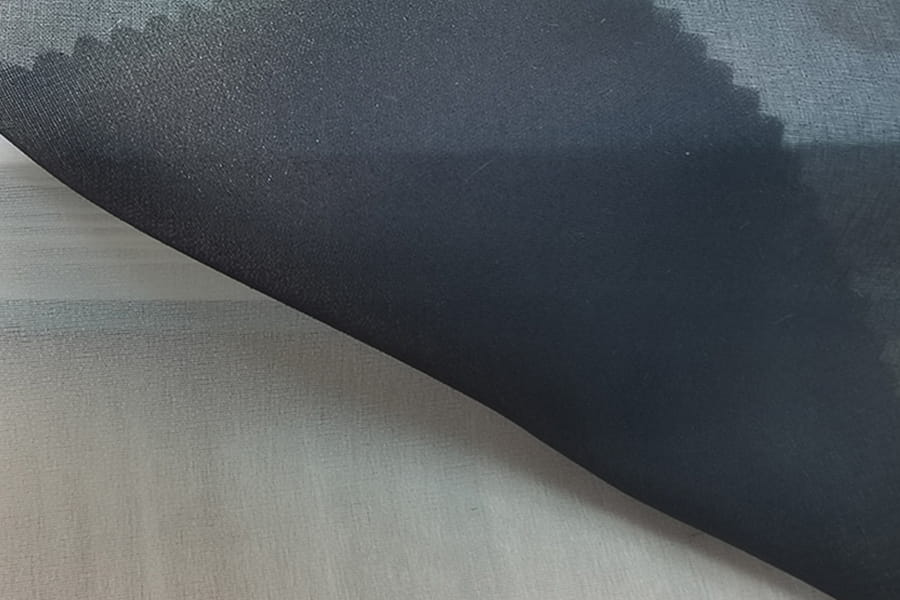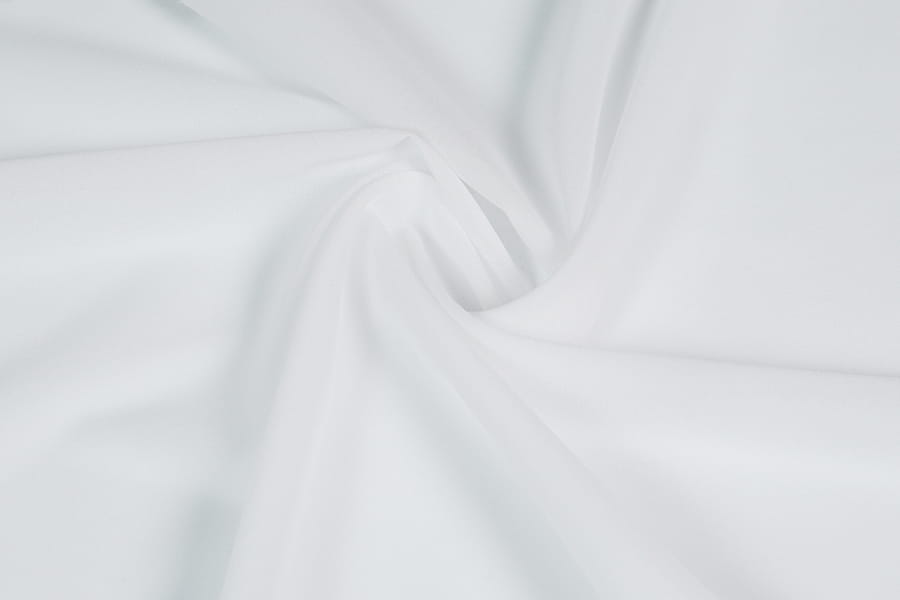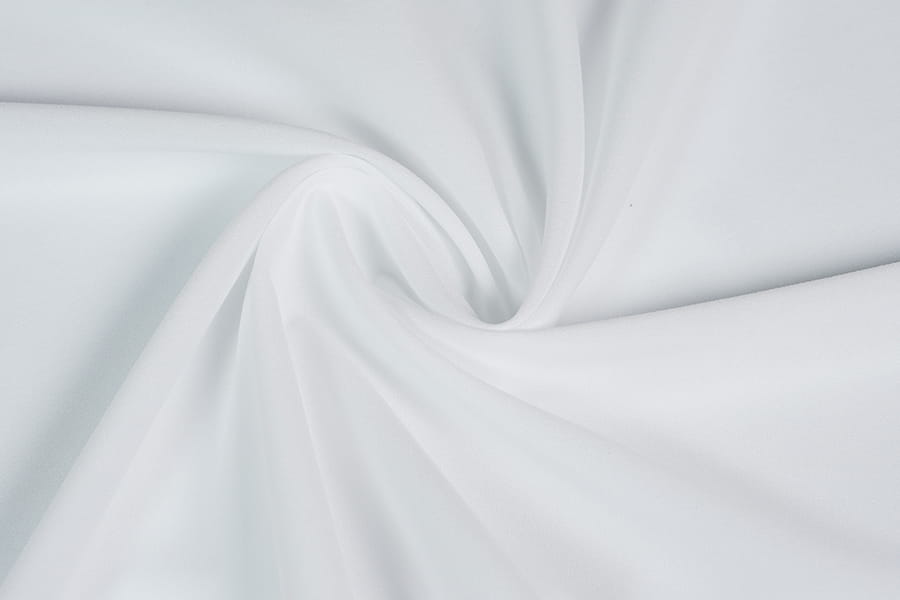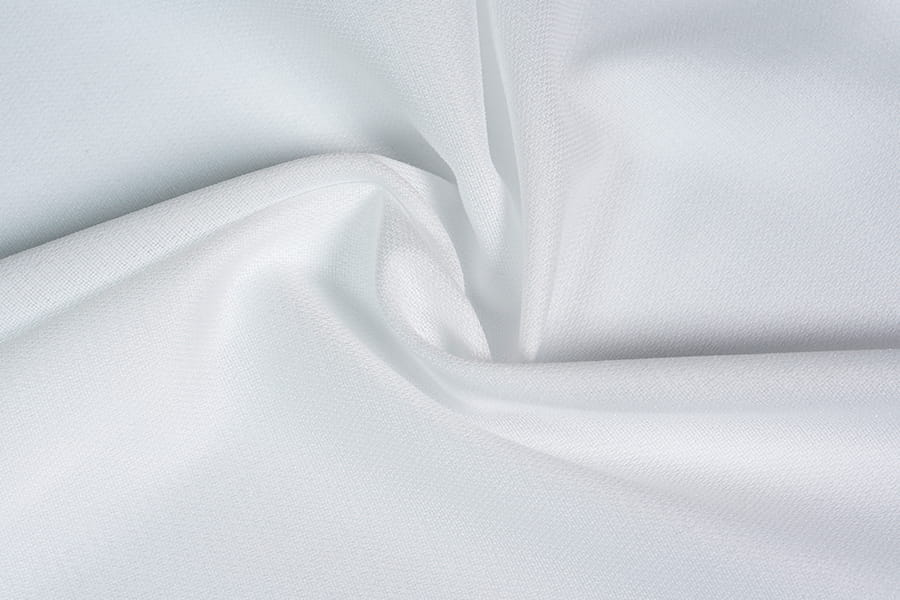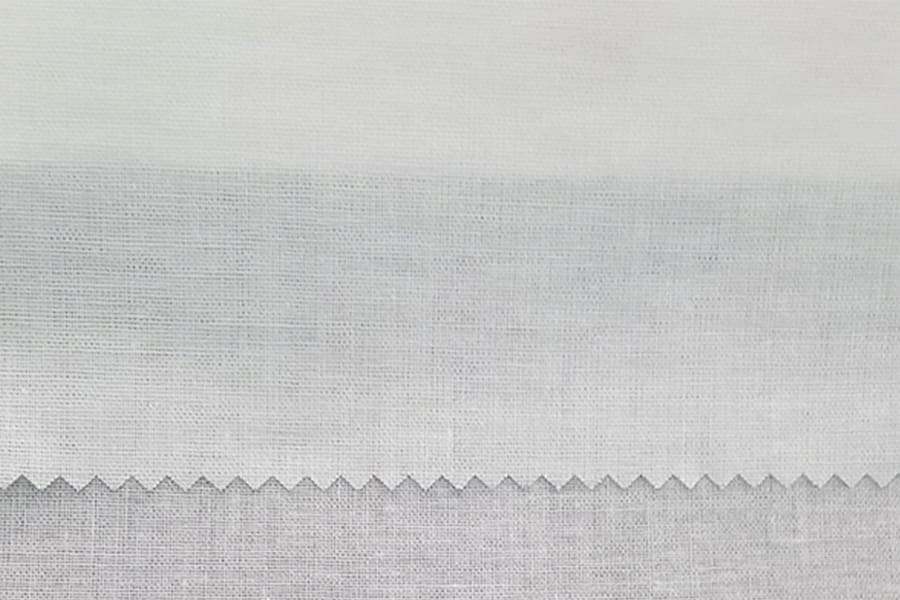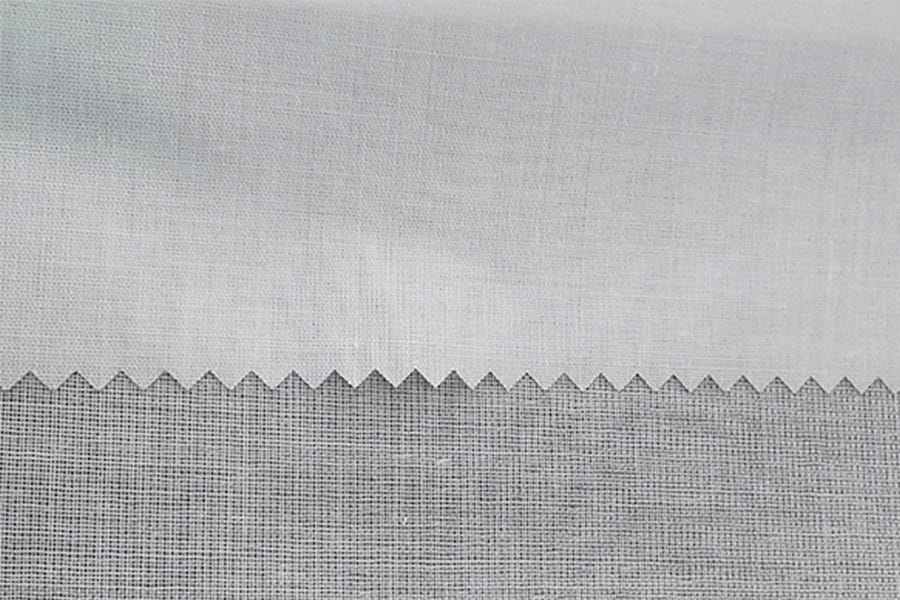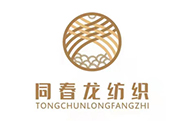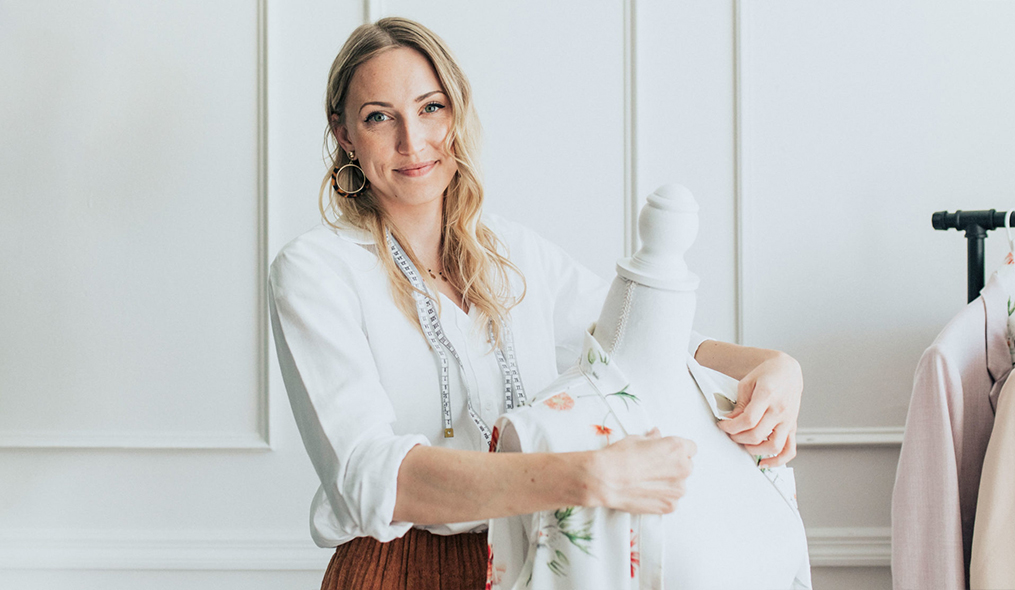In the textile industry, Polyester Knitted Fabric and Woven Fabric are two of the most common types of fabrics. They differ not only in manufacturing processes but also in performance, comfort, cost, and application fields.

What is Polyester Knitted Fabric?
Definition and Manufacturing Process
Polyester Knitted Fabric is made from polyester fibers through the knitting process. Knitting involves interlooping yarns to form a stretchy and soft structure. This structure allows the fabric to stretch both vertically and horizontally.
Common Characteristics
- High elasticity: The loop structure allows natural stretch.
- Soft and comfortable: Smooth touch, suitable for close-to-skin wear.
- Good breathability: Air and moisture can pass through easily.
- Lightweight: Generally lighter than woven fabrics.
Typical Applications
Polyester Knitted Fabric is commonly used for:
- Sportswear (T-shirts, yoga pants, activewear)
- Underwear and loungewear
- Soft bedding and blankets
- Casual fashion apparel
What is Woven Fabric?
Definition and Manufacturing Process
Woven Fabric is created by interlacing warp yarns (lengthwise) and weft yarns (crosswise) at right angles. Its weaving method produces a tighter and more stable structure, with little to no stretch in the horizontal direction.
Common Characteristics
- Strong stability: Resistant to deformation, maintains shape well.
- Excellent durability: Dense weaving provides abrasion resistance.
- Good wrinkle resistance: High-density woven fabrics resist creasing.
- High versatility: Suitable for advanced finishing processes such as printing, coating, and waterproofing.
Typical Applications
Woven Fabric is widely used in:
- Suits, shirts, denim jeans
- Home textiles (bedsheets, curtains)
- Industrial textiles (tents, canvas)
- High-end fashion
Polyester Knitted Fabric vs Woven Fabric: Key Differences
Structural Differences
- Knitted: Interlooped yarns form a soft and elastic structure.
- Woven: Yarns interlaced at right angles, creating a stable and firm fabric.
Elasticity and Comfort
- Knitted fabric: Highly elastic and body-fitting, ideal for sports and casual wear.
- Woven fabric: More stable but less stretchable, slightly less comfortable.
Durability and Stability
- Knitted: More prone to pilling, less abrasion-resistant.
- Woven: Denser and more durable, better for heavy-duty use.
Breathability and Moisture Absorption
- Knitted: Excellent breathability and moisture-wicking, suitable for sportswear.
- Woven: Less breathable, but functionality can be improved through finishing treatments.
Processing and Cost
- Knitted: Simple process, higher efficiency, lower cost.
- Woven: More complex, slower production, higher cost.
Comparison Table: Polyester Knitted Fabric vs Woven Fabric
| Feature | Knitted Fabric | Woven Fabric |
|---|---|---|
| Structure | Loop-based, soft and elastic | Warp-weft interlacing, dense and stable |
| Elasticity | High, ideal for sportswear | Low, relies on spandex or blends |
| Comfort | Breathable, close-fitting | Firm, more formal appearance |
| Durability | Prone to pilling, less abrasion-resistant | Highly durable and stable |
| Applications | T-shirts, sportswear, underwear | Suits, jeans, home textiles |
| Cost | Lower, faster production | Higher, complex process |
Application Scenarios
Suitable for Knitted Fabrics
- Sports and leisurewear: Requires elasticity and comfort.
- Loungewear and sleepwear: Soft and breathable for close contact with skin.
Suitable for Woven Fabrics
- Formalwear and uniforms: Needs structure and shape retention.
- Durable products: Jeans, workwear, with longer lifespan.
- Home textiles: Bedsheets, curtains with stable structure.
Pros and Cons of Polyester Knitted Fabric and Woven Fabric
Pros and Cons of Knitted Fabric
- Pros: Comfortable, breathable, elastic, lower cost
- Cons: Less durable, prone to deformation, less formal appearance
Pros and Cons of Woven Fabric
- Pros: Durable, stable, structured, versatile finishing options
- Cons: Less stretchy, less comfortable, higher cost
How to Choose the Right Fabric?
Choose Based on Usage
- Sports, casual, homewear → Knitted fabric is better
- Formalwear, workwear, home textiles → Woven fabric is preferable
Choose Based on Budget
- Cost-sensitive products → Knitted fabrics
- Premium, tailored products → Woven fabrics
Choose Based on Market Trends
- Sustainability: More companies are choosing recycled polyester knitted fabrics
- Functionality: Woven fabrics can be treated for waterproofing, UV protection, wind resistance

 English
English 中文简体
中文简体 русский
русский Español
Español